Oklahoma places to visit to celebrate Native American Heritage Month and more
November is Native American Heritage Month, a time to pay tribute to the contributions Indigenous people have made to the United States.
Plus, the Friday following Thanksgiving Day has been designated as Native American Heritage Day, which is Nov. 24 this year.
With 39 Native nations headquartered across the state, Oklahoma is home to numerous cultural centers, museums and historic sites where people can learn about the art, languages and lifeways of the tribes.
Here are more than 15 sites scattered across Oklahoma where people can honor, recognize and learn about the contributions of Indigenous people:
First Americans Museum, Oklahoma City
Tucked between the Oklahoma River and downtown OKC, the museum features the 90-foot-tall glistening glass curved wall of the Hall of the People, the welcoming outdoor sculpture "Touch to Above," the circular Origins Theater, the exhibits "OKLA HOMMA" and "WINIKO: Life of an Object" and the Thirty Nine Restaurant, which serves modern Indigenous cuisine.
Designed and outfitted with input from all 39 tribes headquartered in Oklahoma, the $175 million, 175,000-square-foot museum opened in 2021, almost 40 years after it was initially envisioned.
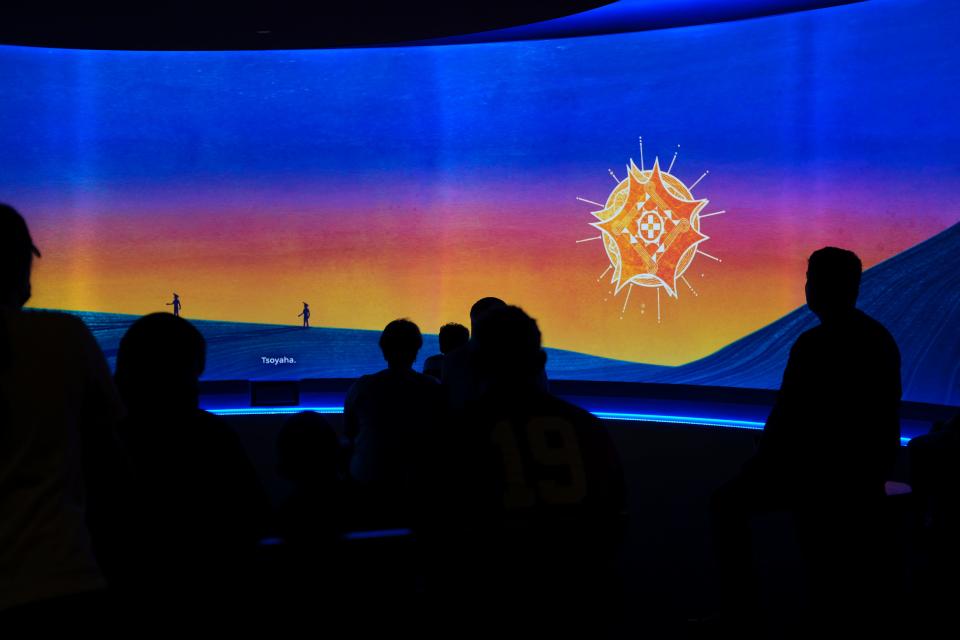
Hours are 10 a.m. to 5 p.m. Mondays, Wednesdays, Thursdays and Fridays, plus 11 a.m. to 5 p.m. Saturdays and Sundays. The museum is closed Tuesdays.
Admission is $15 for adults and children 13 and older; $10 for tribal members, military members, seniors 62 and older and students 13 and older; $5 for youngsters ages 4 to 12; and free for members and children 3 and younger.
Information: https://famok.org.
Osage Nation Museum, Pawhuska
Located in the heart of the Osage Nation since 1938, it is believed to be the oldest tribally governed museum in the United States. It is a gathering place as well as a repository for the art, artifacts and material culture related to the history of the Osage people. Parking and admission are free. Hours are 8:30 a.m. to 5 p.m. Tuesdays-Saturdays.
Information: https://www.osageculture.com/culture/museum.
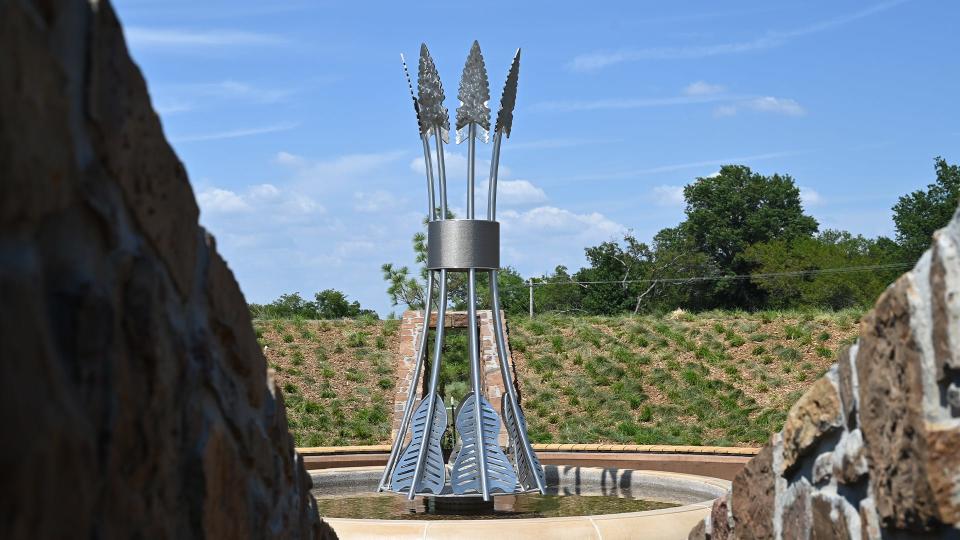
Cherokee Nation Anna Mitchell Cultural & Welcome Center, Vinita
Located just off iconic Route 66, it was named Top Tribal Tourism Destination for 2023 by the American Indian Alaska Native Tourism Association. The site honors the legacy and accomplishments of renowned Cherokee potter Anna Belle Sixkiller Mitchell and her contributions to revitalizing traditional Cherokee pottery. It also shares the history and culture of the Cherokee people as well as the historic Cherokee community of Vinita.
The center features rotating exhibits, a grab-and-go café with Native-inspired cuisine, gift shop and large-scale outdoor art installations. Open 9 a.m. to 5 p.m. daily. Admission is free.
Information: https://visitcherokeenation.com/attractions.
Comanche National Museum and Cultural Center, Lawton
The museum includes exhibits on Comanche history, art and culture, World War II Code Talkers, Fort Sill Indian School and the Native American Church.
Hours are 8 a.m. to 5 p.m. Mondays-Fridays, and 10 a.m. to 2 p.m. Saturdays. Admission is free.
Information: https://www.facebook.com/ComancheMuseum.
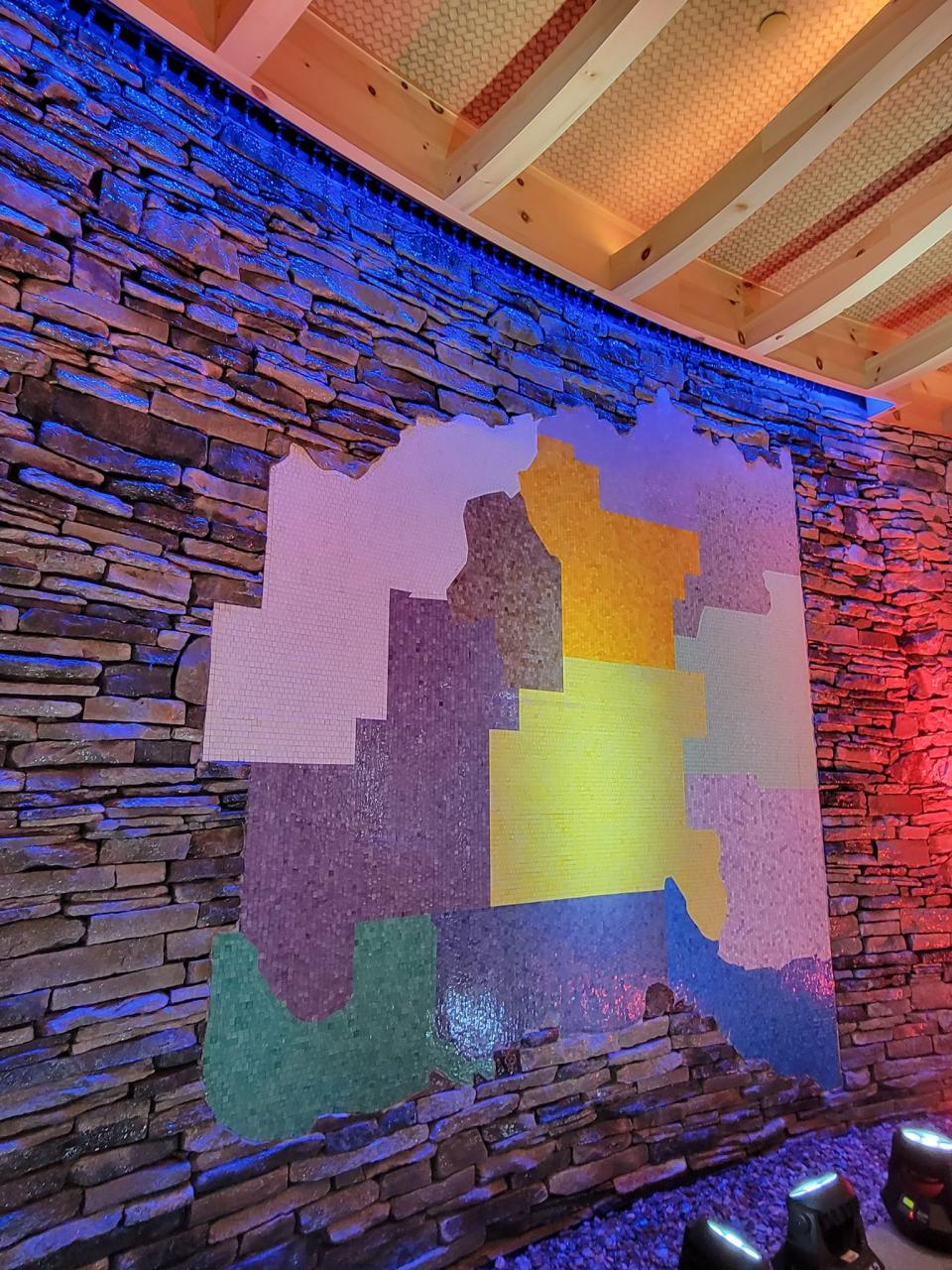
Choctaw Cultural Center, Calera
Opened in 2021 after more than a decade of research and work, the center tells the 14,000-year-history of the Chahta people, showcases the Choctaw history and culture and serves as a place to gather, learn and preserve the tribe's spirit and way of life.
Situated on 22 acres near Durant, it spans more than 100,000 square feet and houses two exhibit halls, an art gallery, auditorium, children’s area, gift shop, café and more. Hours are 10 a.m. to 5 p.m. Tuesdays-Saturdays.
Admission is $12 for adults; $9 for military members, veterans, college students, seniors 62 and older and citizens of other federally recognized tribes; and $6 for children ages 4 to 12 and Choctaw associations.
Information: https://choctawculturalcenter.com.
Southern Plains Indian Museum, Anadarko
The museum showcases the varied arts of western Oklahoma tribal peoples, including the Kiowa, Comanche, Kiowa-Apache, Southern Cheyenne, Southern Arapaho, Wichita, Caddo, Delaware and Ft. Still Apache. Their historic clothing, shields, weapons, cradleboards, dolls and four Allan Houser dioramas showcased in three galleries.
Hours are 10 a.m. to 4 p.m. Tuesdays-Fridays; admission is free.
Information: https://www.doi.gov/iacb/southern-plains-indian-museum.
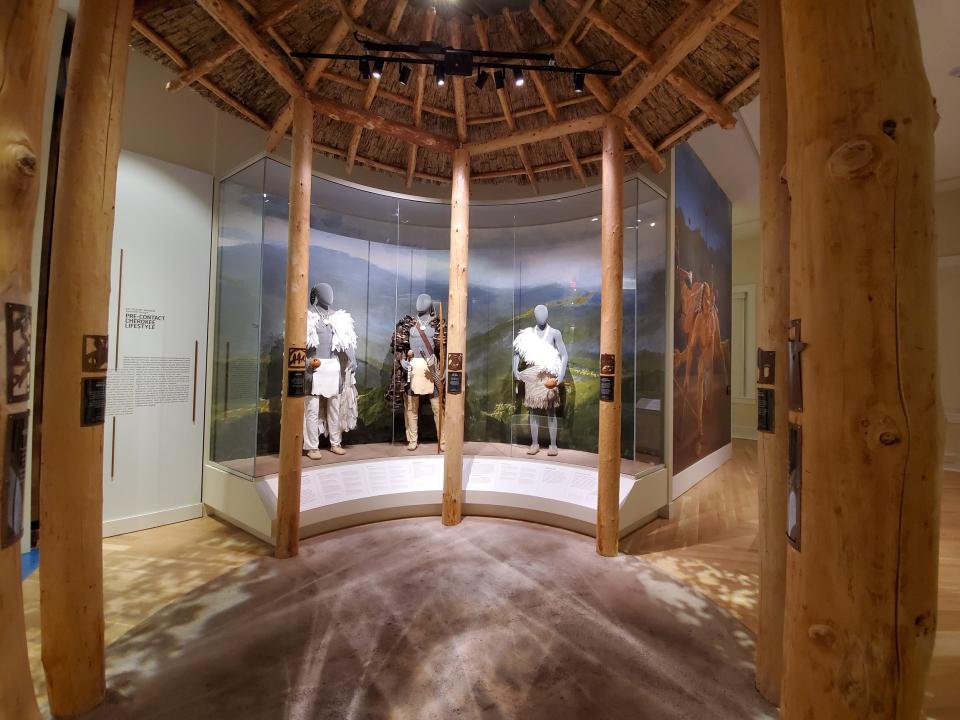
Cherokee National History Museum, Tahlequah
Housed in the historic capitol building, it shares the history and culture of the Cherokee Nation from pre-European contact through the Trail of Tears and the revitalization of the tribe after the American Civil War. The cultural pathway connects visitors to two of the tribe's other museums within a short walk.
Along with interactive elements, it includes a new exhibit on display about Cherokee Nation’s delegate to Congress. Hours are 10 a.m. to 4 p.m. Tuesdays-Saturdays. Admission is free.
Information: https://visitcherokeenation.com/attractions.
Osage Nation Visitors Center, Pawhuska
The center's mission is to promote Osage culture, Osage Nation services and Osage-owned artists and businesses. It provides an accurate history o.f the Osage tribe from an Osage perspective.
Hours are 8:30 a.m. to 5 p.m. Mondays-Fridays and 10 a.m. to 2 p.m. Saturdays.
Information: https://www.osageculture.com/visitors/visitors-center.
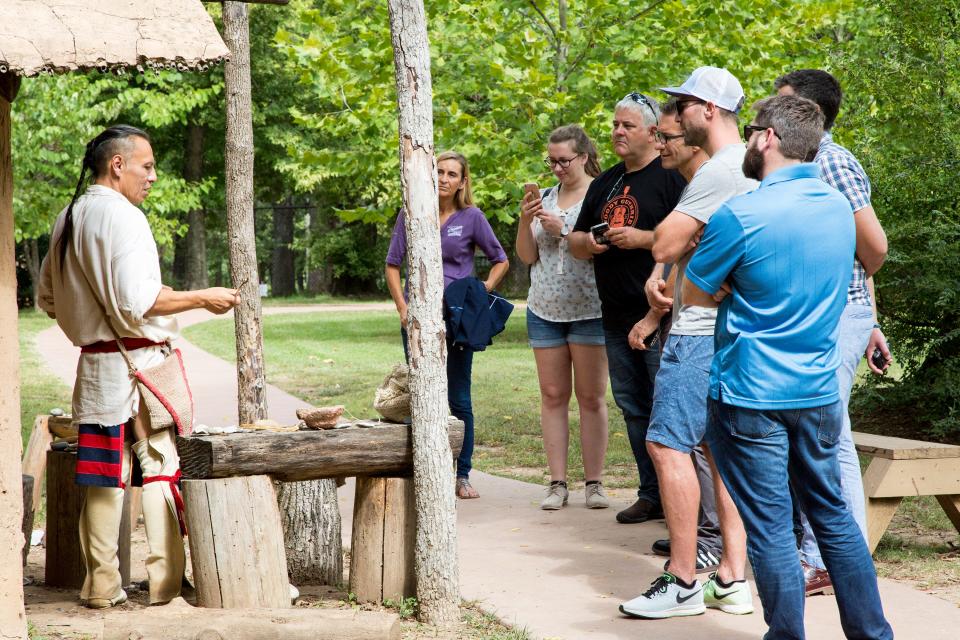
Chickasaw Cultural Center, Sulphur
One of the largest tribal cultural centers in the country, it includes the Chikasha Inchokka' Traditional Village, Aaholiitobli' Honor Garden and Holisso: The Center for Study of Chickasaw History and Culture.
The interactive Chikasha Poya (We are Chickasaw) Exhibit Center showcases the tribe's vibrant history from first European contact to modern-day warriors. Hours are 10 a.m. to 4:30 p.m. Tuesdays-Saturdays, with stomp dance demonstrations in the village at 11 a.m. and 2 p.m.
Admission to the exhibit center is $7 for adults; $6 for students, military members, seniors 55 and older and citizens of other federally recognized tribes; and free for Chickasaw citizens and children 12 and younger.
Information: https://www.chickasawculturalcenter.com.
Seminole Nation Museum, Wewoka
Constructed in 1937 by the Works Progress Administration to serve as the Wewoka Community Center, the museum includes almost 4,000 square feet of exhibit space, a research library, expanded arts and crafts center and art gallery that displays original works of art and hosts traveling exhibits throughout the year.
Hours are 10 a.m. to 5 p.m. Mondays-Saturdays. Admission is free; donations are encouraged.
Information: www.seminolenationmuseum.org.
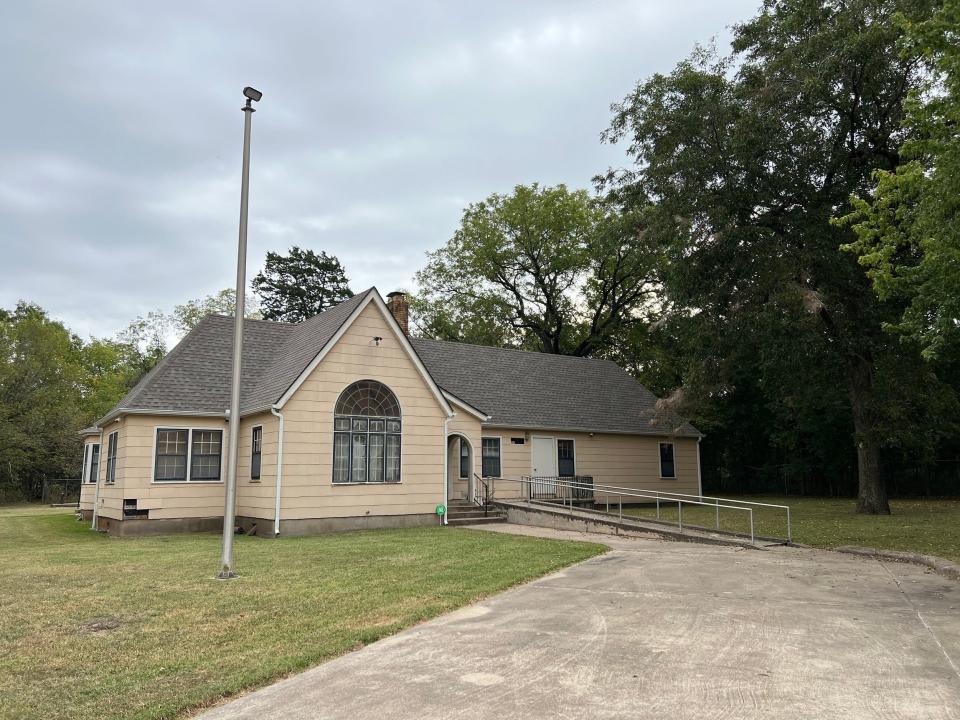
White Hair Memorial and Osage Learning Resource Center, Ralston
Located less than a mile from State Highway 20 between Hominy and Fairfax, this Oklahoma Historical Society site houses numerous Osage artifacts, documents, maps, annuity rolls, oral histories and photographs.
It is the former home of Osage trailblazer Lillie Morrell Burkhart (1907–1967), who married Reign of Terror co-conspirator Byron Burkhurt, brother of convicted murder Ernest Burkhart (who is one of the main characters in the new movie "Killers of the Flower Moon"), in 1936. She divorced him in 1961.
The White Hair Memorial, which honors Lillie's ancestor Chief Pawhuska, or White Hair, is open 9 a.m. to 5 p.m. Mondays-Fridays. Admission is free. Information: https://www.okhistory.org/sites/whitehair.
Saline Courthouse Museum, Rose
Reopened in 2020 after years to restore, preserve and modernize it, the museum is housed in the last of nine district courthouses built in the 1800s by the Cherokee Nation. It features two galleries, a video presentation room, gift shop, public space and more.
Hours are 10 a.m. to 4 p.m. Tuesday-Saturday; admission is free.
Information: https://visitcherokeenation.com/attractions.
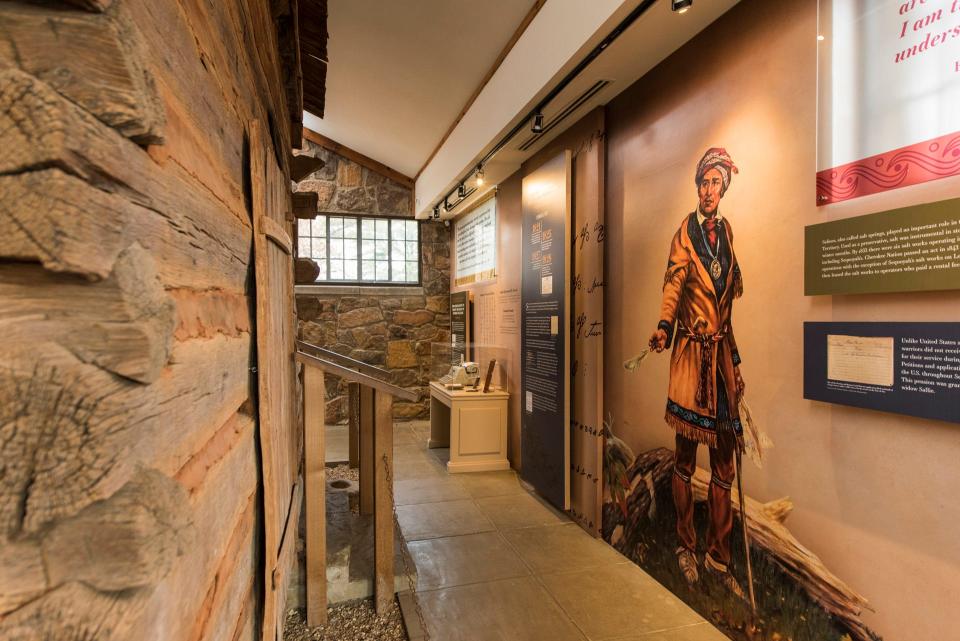
Sequoyah's Cabin Museum, Sallisaw
Listed on the National Register of Historic Places, the one-time home of the inventor of the Cherokee syllabary has been maintained and furnished to appear as it did centuries ago and is surrounded by a scenic 10-acre park.
Hours are 10 a.m. to 4 p.m. Tuesdays-Saturdays; admission is free.
Information: https://visitcherokeenation.com/attractions.
Standing Bear Park, Museum and Education Center, Ponca City
Created by Cowboy Artist of America Oreland C. Joe, the showpiece of the site is the 22-foot bronze statue of Ponca Chief Standing Bear, who successfully argued in U.S. District Court in 1879 that Native Americans are "persons within the meaning of the law" and deserve the same recognition and protection under the law as white men.
The museum and education center are open 9 a.m. to 4 p.m. Mondays-Fridays and 10 a.m. to 2 p.m. Saturdays. The park is open 6 a.m. to 9 p.m. daily.
Information: https://www.standingbearpark.com.
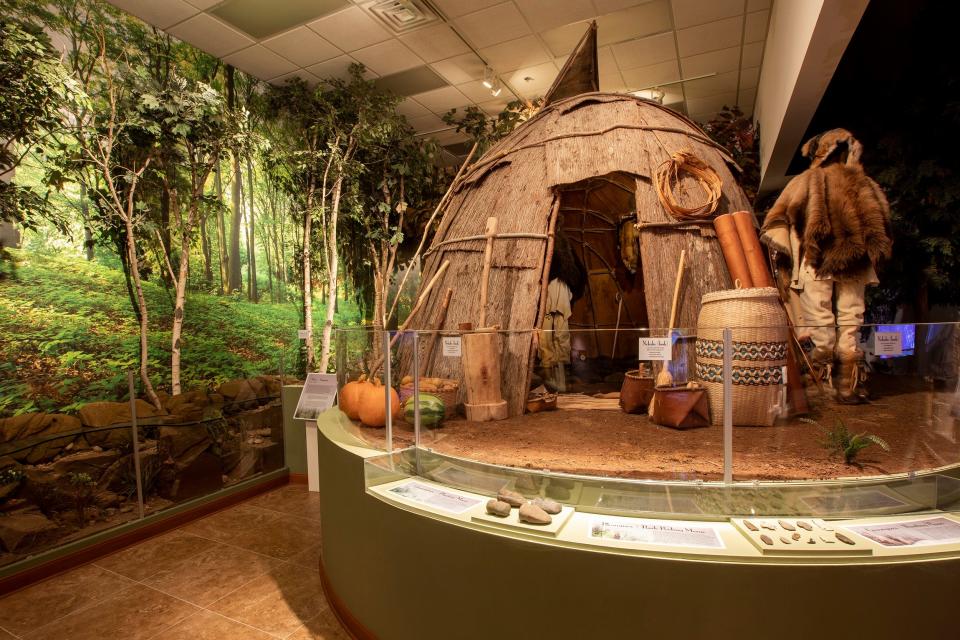
Citizen Potawatomi Nation Cultural Heritage Center, Shawnee
Reopened in January 2018 after undergoing a four-year renovation, it features interactive exhibits in 11 permanent galleries that are dedicated to telling the tribe's story, beginning with Citizen Potawatomi oral traditions, continuing through early ways of life, conflict, forced removals, more recent history and ending with the Citizen Potawatomi Nation today.
Hours are 8 a.m. to 5 p.m. Mondays-Fridays and 10 a.m. to 3 p.m. Saturdays.
Information: www.potawatomiheritage.com.
Five Civilized Tribe Museum, Muskogee
The museum is dedicated to preserving and sharing the history, art and culture of the Cherokee, Chickasaw, Choctaw, Muscogee and Seminole tribes.
Hours are 10 a.m. to 5 p.m. Mondays-Fridays and 10 a.m. to 2 p.m. Saturdays. Admission is $5 for adults; $4 for seniors 62 and older; $3 for students; and free for children 5 and younger.
Information: https://www.facebook.com/FiveCivilizedTribesMuseum.
Red Earth Art Center, OKC
For four decades, Red Earth Inc. has been promoting Native American art and culture, and in 2021, the nonprofit organization opened its new home in the south lobby of BancFirst Tower, the second-tallest building in downtown OKC.
Along with displaying work from its permanent collection — including more than 800 pieces of contemporary Native artwork and historical artifacts, spanning paintings, sculpture, pottery, basketry and one of the Southwest’s largest cradleboard collections — with art center includes a retail sales gallery.
Hours are 9 a.m. to 5 p.m. Mondays-Fridays; admission is free.
Information: https://redearth.org.
Spiro Mounds Archaeological Center, Spiro
One of the country's most important ancient Native American sites, the center is the only prehistoric Native American archaeological site in Oklahoma open to the public. Preserving 150 acres of the site along the Arkansas River, it offers interpretive exhibits, an introductory slide program and a small gift shop. There are nearly two miles of interpreted trails, including a half-mile nature trail.
Maintained by the Oklahoma Historical Society, hours are 9 a.m. to 5 p.m. Wednesdays-Saturdays and noon to 5 p.m. Sundays. Admission is waived while the center undergoes updates.
Information: https://www.okhistory.org/sites/spiromounds
This article originally appeared on Oklahoman: Where to celebrate Native American Heritage Month in Oklahoma

